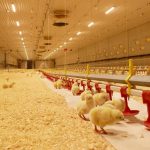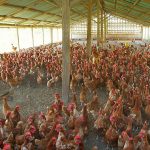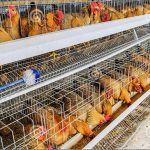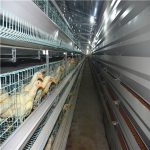The air quality of the house is mainly affected by the content of harmful gases and dust. Harmful gases and dust are common to the health of the chicken. It is also one of the main factors contributing to the development of the chicken farm epidemic and the failure of immunization and medication. Air quality is a key part of the safe production of laying hens. The dust in the chicken house is mainly derived from the skin, feathers, and droplets generated by coughing and squeaking. However, the source of dust in flat andchicken cages for saleis different, and the grass in the flat chicken house can also produce a large amount of dust.
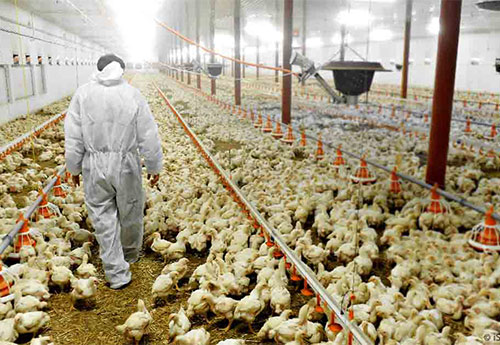
Generally, the total dust concentration in the air of the poultry house is about 425 mg/m3, and the dust will cause irritation to the respiratory tract and cause infection, and a large number of pathogenic microorganisms attached to the dust are carriers for spreading the disease. The harmful gases in the house mainly produce volatile odors such as H2S, NH3, VFA, unsaturated aldehydes and skatole with bad odor. Regardless of the concentration of harmful gases, the persistent action of harmful gases in the house will cause chickens. Some organs are damaged and the resistance to disease is reduced. Chickens of different ages inpoultry cages for salehave different air quality requirements, and the air quality control standards in chicken farms are also different.


